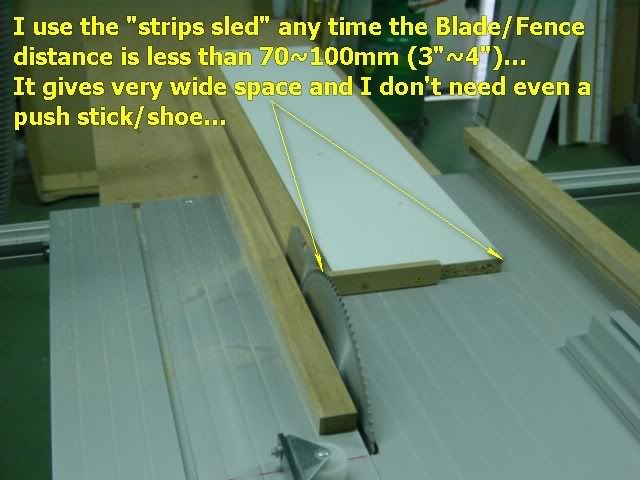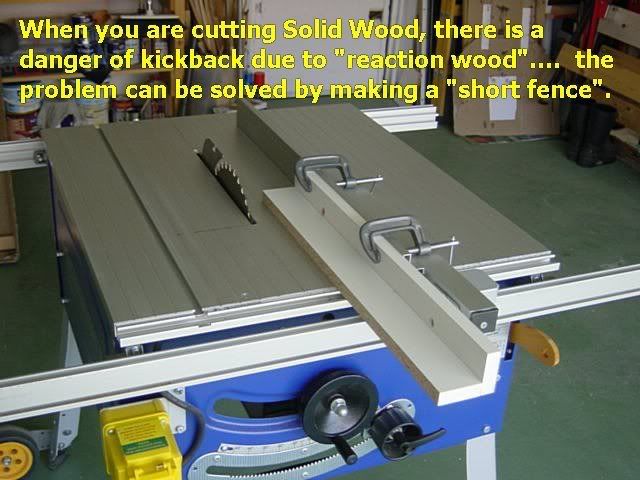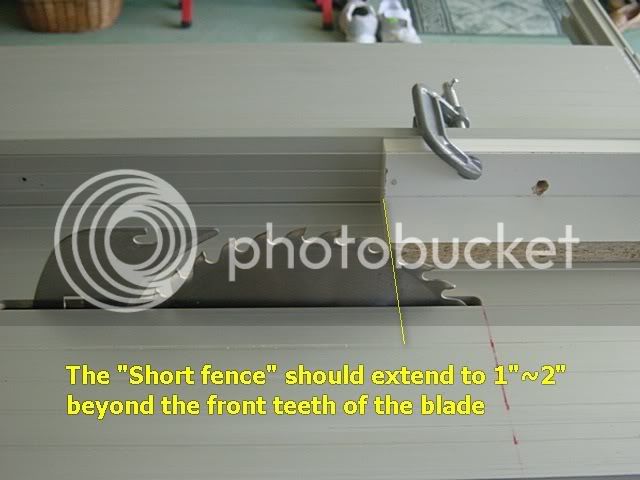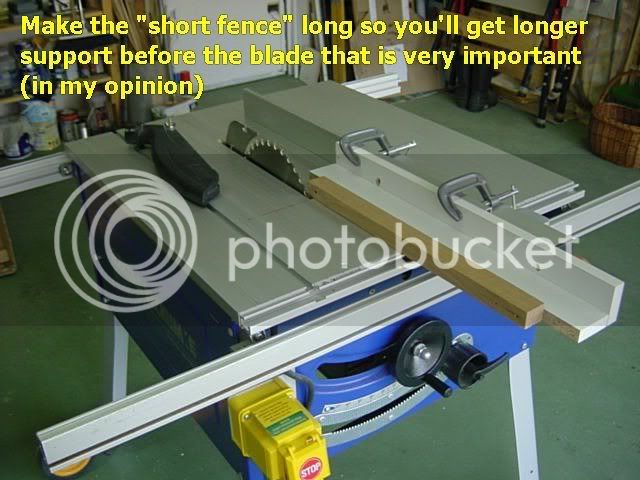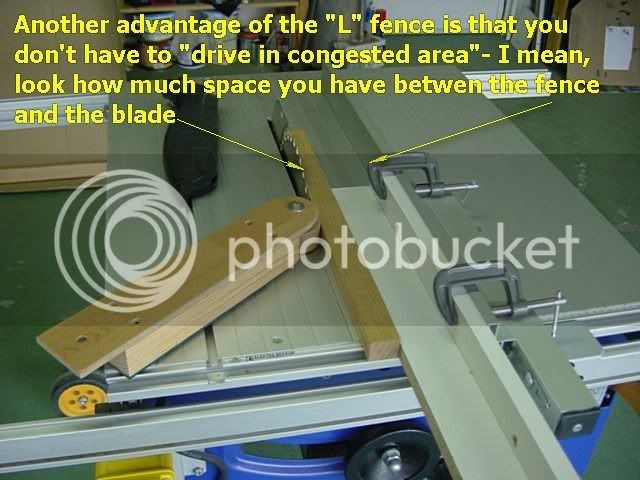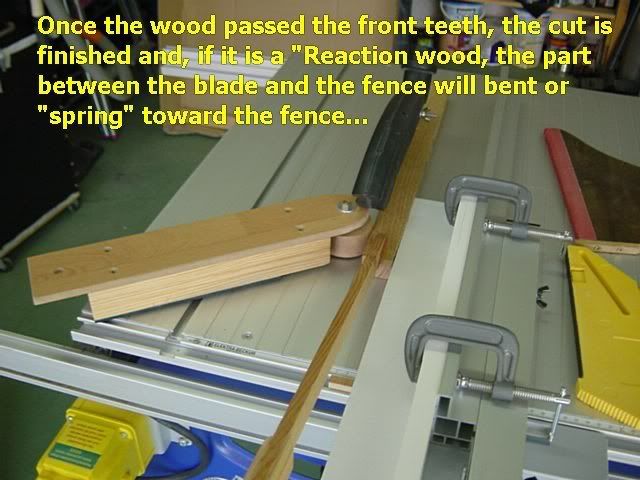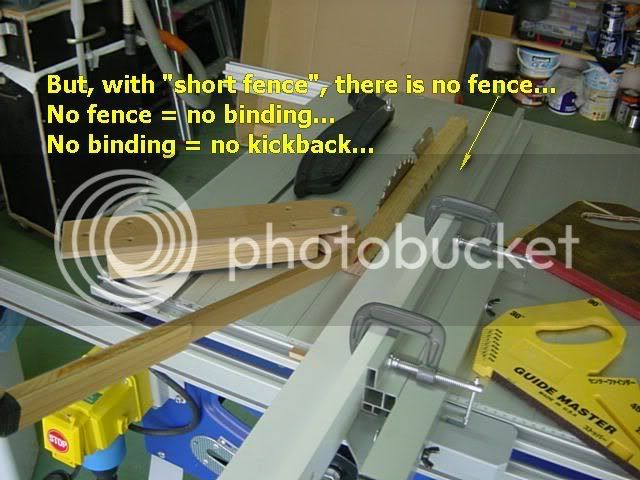JoinerySolutions
Established Member
devonwoody":2wh0ofrg said:Is there a weight or size where there is no kickback to worry about.
I'm thinking perhaps a 12" wide board x 2" thick 6ft long would need considerable power applied to kick back?
Or it will still happen and be heavier. :roll:
Depends on the power of the machine. I've seen a 2 inch thick board of Iroko stop a 3 phase wadkin saw. It is worth noting that when ripping timber the grain of the board can often pre-warn you to expect a problem and sometimes it will not show. But as sods law dictates, a clean looking board can hide powerful stresses, one memorable one was again Iroko that two feet from the end of the rip went 'bang' and split to the end in a direction not entirely to plan :roll:
But the thing is, and stuff the bosses 'I want it now', if you think it is not going as it should STOP save you the pain and the boss a bigger problem other than the job took longer than planned. And by boss I mean those that pay and those for whom it is done out of love.
Rob.





